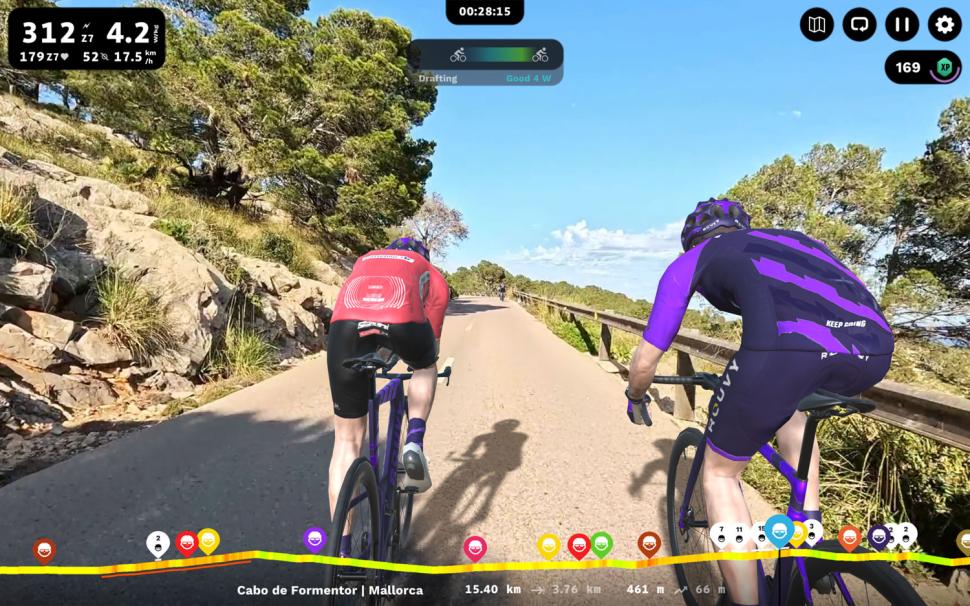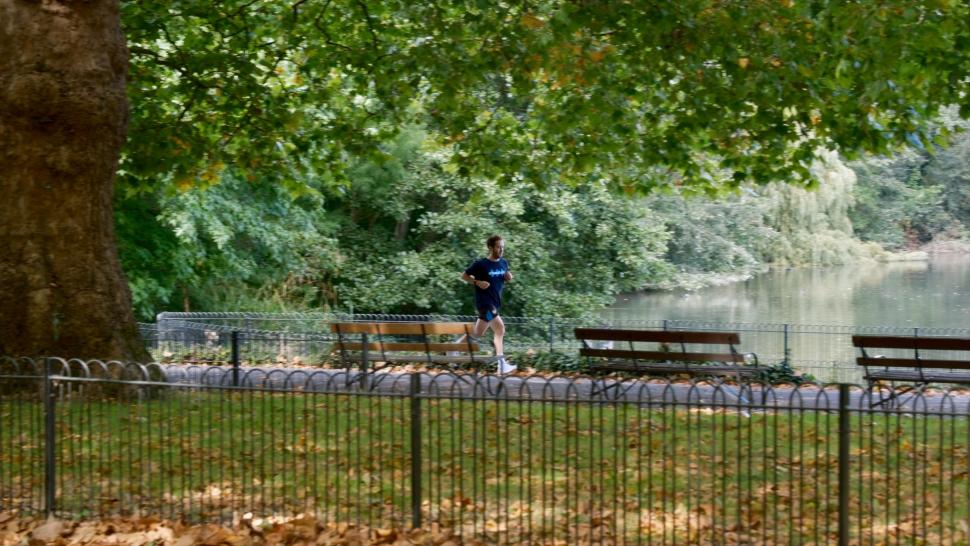Winter can be brutal for cyclists. Cold, wet, and bleak conditions make it all too easy to fall out of love with your bike, especially when the traditional advice has been to simply ‘tough it out’ until spring. Instead of suffering through, here are three winter training secrets to help keep you fit, motivated, and stronger than ever next year.
Now, if you’re the kind of rider who actually enjoys heading out in the depths of winter – rain lashing in your face, icy wind numbing your hands, and road spray wrecking your bike – then you might want to ignore this first point!
The first hidden secret? Consistency and smart planning will get you far further than simply hopping on the trainer and spinning aimlessly. It’s a point many riders overlook year after year, and by spring it often shows with progression stalling.
So how can every session on the bike count? To find out, Liam spoke with Daniel Coombe, founder of RaceLine Coaching and his former coach, to get insights on the most effective way to train through the winter.
> Download the four week training plan document
When your time on the bike is limited, being intentional with every session is crucial. For riders with a couple of days per week to train, focusing on two high-quality sessions can maximise efficiency. Any weekend rides in good weather or with friends become a welcome bonus rather than a necessity.
Coombe explains the reasoning behind this approach: “For riders with limited training time, making every session count is essential. The approach here ensures that each minute on the bike is purposeful and impactful, targeting multiple aspects of cycling performance, including power, endurance, neuromuscular efficiency, and lactate tolerance”.
 Rouvy majorca (credit: road.cc)
Rouvy majorca (credit: road.cc)
He adds, “By focusing on high-quality, structured efforts rather than high volume, riders can achieve meaningful adaptations even with just two sessions per week”.
And the best part? By training efficiently, there’s more time left for family, hobbies, or simply enjoying life off the bike.
2. Strength training
Another simple but often overlooked winter training change is strength work. Despite good intentions, many cyclists never actually make it to the gym. The barriers are easy to understand: gyms can feel intimidating and it’s not always clear where to start.
Strength training Rouvy winter training video (credit: road.cc)
Yet the evidence for strength training’s impact on cycling performance is substantial. Incorporating targeted gym sessions can improve power, efficiency, and resilience on the bike, while also reducing the risk of injury.
> Download Ciaran’s strength training document
To make it easier, exercise physiologist Ciaran Cahill has devised a straightforward, evidence-based routine tailored for cyclists to follow this winter. The plan focuses on building strength in key muscle groups, ensuring every exercise directly supports performance on the bike.
3. Running
Incorporating an alternative endurance activity, such as running or swimming, is an excellent way to maintain fitness while giving the bike a break. These activities provide a fresh training stimulus and can help work muscle groups that are often underdeveloped in cyclists.
 Liam running Rouvy winter training video (credit: road.cc)
Liam running Rouvy winter training video (credit: road.cc)
Running, like Rouvy, is time-efficient, easy to fit around a busy schedule, and often highly social. Local run clubs make it simple to meet like-minded people after work, adding a social element that’s different from group rides.
However, especially for those new to high-impact exercise, it’s important to start gradually. Begin with just one or two short sessions per week, covering only a few kilometres. Even if overall fitness feels sufficient, building up distance too quickly can lead to injury. By progressing slowly, running or swimming can be a safe, effective way to stay fit during the winter months.
Liam’s running times were a fair bit faster than Strava’s predictions, rendering the feature useless (definitely not a humble brag) (credit: road.cc)
So, the secret to being fast next year is being intentional with your bike training time, allowing time for strength training and trying something different to keep things interesting.
What are your winter training secrets? Let us know in the comments section below.

